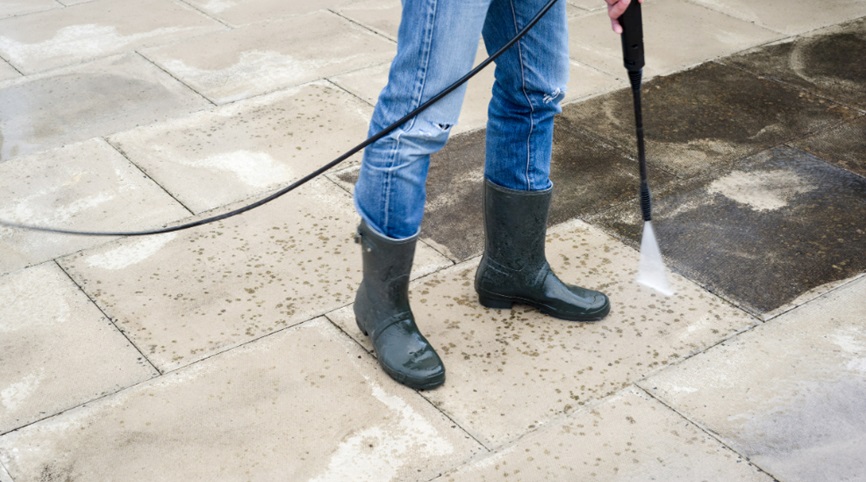Processing a medical device with the FDA

When creating a device meant to be used in some medical procedure or service, a manufacturer wants to ensure it complies with applicable rules and regulations. Failure to do so can result in severe consequences in the future. In the US if a device is legally classified as a “medical device,” sales of the equipment in the US will be regulated by specific rules which are enforced by government agencies. Therefore, understanding how the US Food and Drug Administration (FDA) defines “medical device” is essential to making the best business decisions.
What is considered a medical device?
According to the US Food and Drug Administration, a medical device is defined as any instrument used to treat or ameliorate a disease or medical condition via either mechanical means or a combination (in the case of a combination device) of mechanical and chemical/pharmacological means. This will also include any parts or accessories to the listed devices. However, a device does not have to be officially listed or pre-market approved via the 510K process to be legally considered a medical device.
How the device is intended to be used is essential in determining if it will be regulated as a medical device by the US Food and Drug Administration. Any instrument, method, apparatus, machine, or implant which is intended to be used during the diagnosis of diseases or other medical conditions are considered a medical device by the FDA. Also, if the product is intended to affect any function or structure of the human body or other animals, then it will be legally classified as a medical device in the US.
FDA verification for medical devices
The FDA will verify compliance of medical devices when the product is imported into the US. The regulatory agency will check to see if the invention has been appropriately registered and whether or not the device is already listed as legally a medical device. Also, there are specific medical devices which require compliance with Premarket Submission rules and regulations.
The FDA will analyze samples and conduct field examinations of medical devices to make sure the products comply with applicable rules and regulations. The agency will also check to make specific labeling requirements are met. Additionally, the FDA will check its database to make sure the product or manufacturer is not subject to restrictions of FDA warning letters or misbranding, etc. Also, the agency will check to see if the device is listed as an import alert.
How does FDA compliance verification work?
The FDA trains its entry reviewers to look at an importer’s entry transmission in order to determine if the product complies with regulations. Entry reviewers will look at essential information provided in the importer’s communication, such as the declared manufacturer, product description, declared importer/consignee and Affirmations of Compliance (A of C).
The FDA entry reviewers will then compare this information in the importer transmission to the agency’s own internal data systems. They will use the data systems to verify registration and approval for the device. The agency will also determine whether or not the manufacturer is subject to DWPE. If the submitted information in the entry transmission matches the FDA internal database, then the product’s compliance is deemed verified. However, if the information in the entry transmission does not match, entry reviewers may obtain additional information. The FDA may even detain the product if the information does not match the internal database.
Expediting FDA entry review process
The longer it takes a medical device to pass the FDA entry review process, the longer it will take for the product to go to market. This could cost the manufacturer significant potential sales revenues. Supplying accurate information to the FDA will increase the chances that the shipment will be electronically processed and not held for a manual review. Hiring a legal professional specializing in the FDA process, such as David Page Law, can help to mitigate potential pitfalls and issues.








